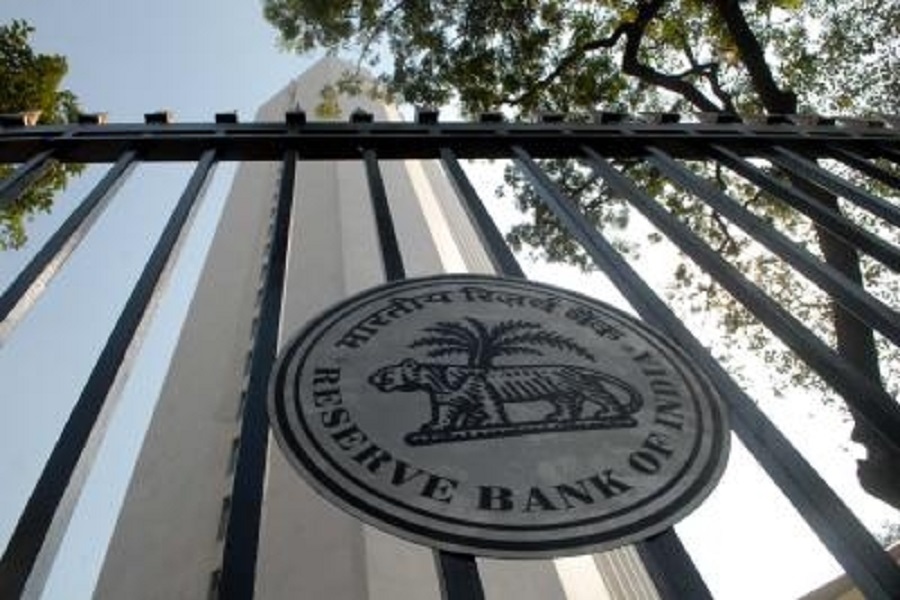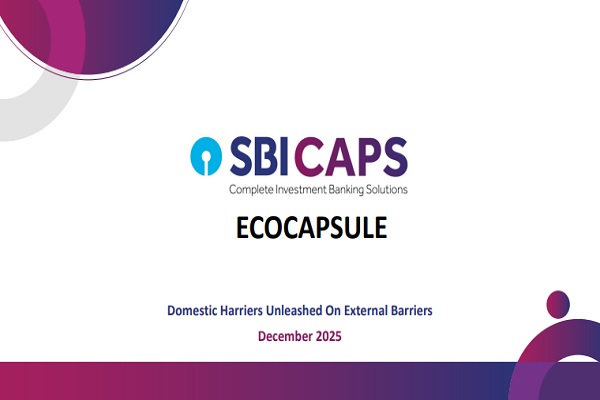Key Takeaways from the Economic Survey FY25 by Emkay Global Financial Services

FY26 GDP growth pegged at 6.3%-6.8%: The Economic Survey projects FY26 real GDP growth at 6.3-6.8% (Emkay: 6.3%), with evenly balanced risks. While private investment activity is expected to pick up on the back of higher public capex and improving business expectations, there are risks from global excess capacity in sectors such as steel.
India needs an average 8% real GDP growth over the next couple of decades for achieving 'developed nation' status by 2047: The Survey estimates that India will need to grow at a real rate of 8% over the next couple of decades to reach 'developed nation' status by 2047. It can only do so if the Union and state governments implement reforms toward improving MSME operations. Additionally, the investment rate will need to rise to 35% of GDP from 31% currently.
Need to generate ~7.9mn non-farm jobs annually till 2030: As pointed out in last year's Survey, ~7.9mn non-farm jobs need to be generated annually till 2030 for absorbing the working-age population. Deregulation, labor reforms, reskilling/upskilling, and fair distribution between labor and capital will be key to achieving this outcome.
Fair distribution of income between capital and labor imperative for sustaining demand: The Survey states that corporate profits have risen disproportionately post-Covid in comparison to wages, and argues that a fair and reasonable distribution of income between labor and capital is essential for demand to sustain and for supporting corporate revenue and profitability in the medium-to-long-term.
Financialization pace continues, but risks abound from faster growth: The continued growth of the financial sector is acknowledged, but the Survey lays out several risks of excessive financialization. In particular, it mentions the risk of 'over-finance', per which the financial sector draws away resources and skilled labor from the real economy at lower productivity. It also cautions against the risk of 'financialization', per which financial markets dominate policy and macro outcomes, which can lead economic growth being excessively reliant on rising asset prices, thus exacerbating inequality.
External sector largely resilient, but work needed on the FDI front: India's trade performance has been resilient in the context of global dynamics in the past year, while it has ranked high for greenfield project announcements, even as FDI flows have been far lower than last year. The Survey opines that as India runs a CAD, problematic capital flows mean that the level of sustainable CAD is much lower than 2.5-3% earlier. India has two options - to either pull out all stops for attracting FDI (by improving tax certainty and stability), or make existing investments deliver more (by improving efficiency via deregulation and ease of business).
Complacency around the 'low probability-high impact' scenario of AI hurting employment could be costly for India: The Survey cautions that India's economy is largely services-oriented, with a significant chunk of its IT workforce in low value-add services. As these roles are particularly vulnerable to automation and replacement, it is imperative that the workforce is reskilled for medium- and high-skilled jobs, even if this is a low probability scenario. With AI being in a nascent stage currently, India has time to upskill its workforce before companies begin using AI on a large scale. Corporates also need to display social responsibility by optimizing AI introduction over a longer horizon, to help in this regard.
Above views are of the author and not of the website kindly read disclaimer
.jpg)

.jpg)






.jpg)














